Category: Gardening with Natives
-
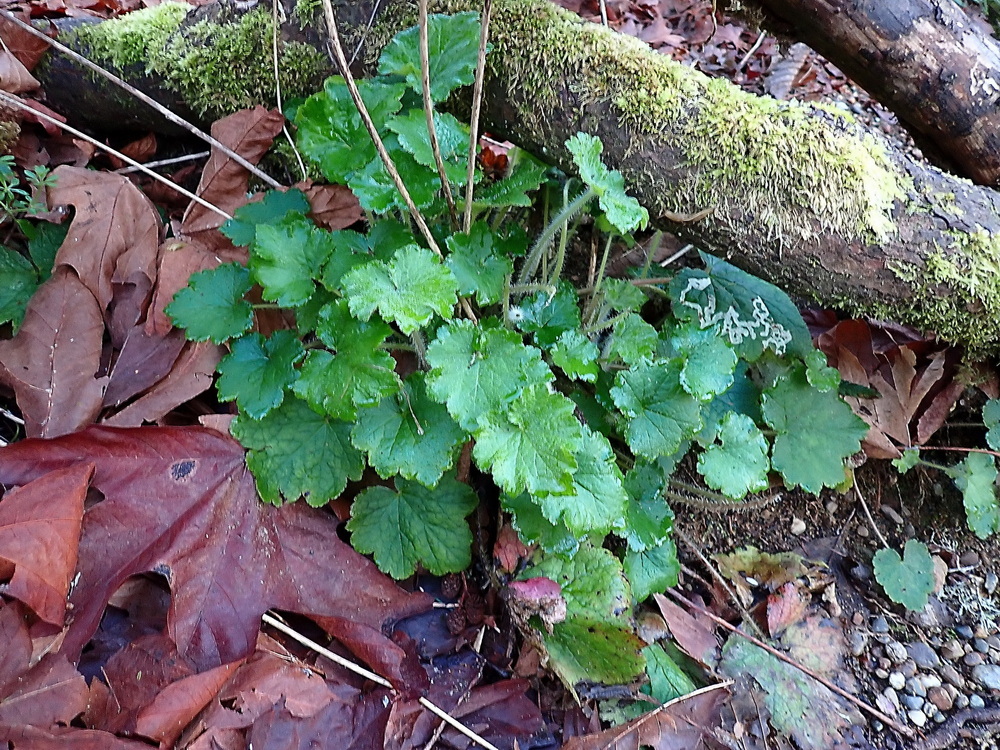
Early Planting Season
In March, as we leave freezing temperatures behind and welcome spring rains, the planting season is upon us again. It may be too early for the best selections at native plant retailers, but not for some easy transplants to assist the spread of plants already growing in our backyard forests.
-
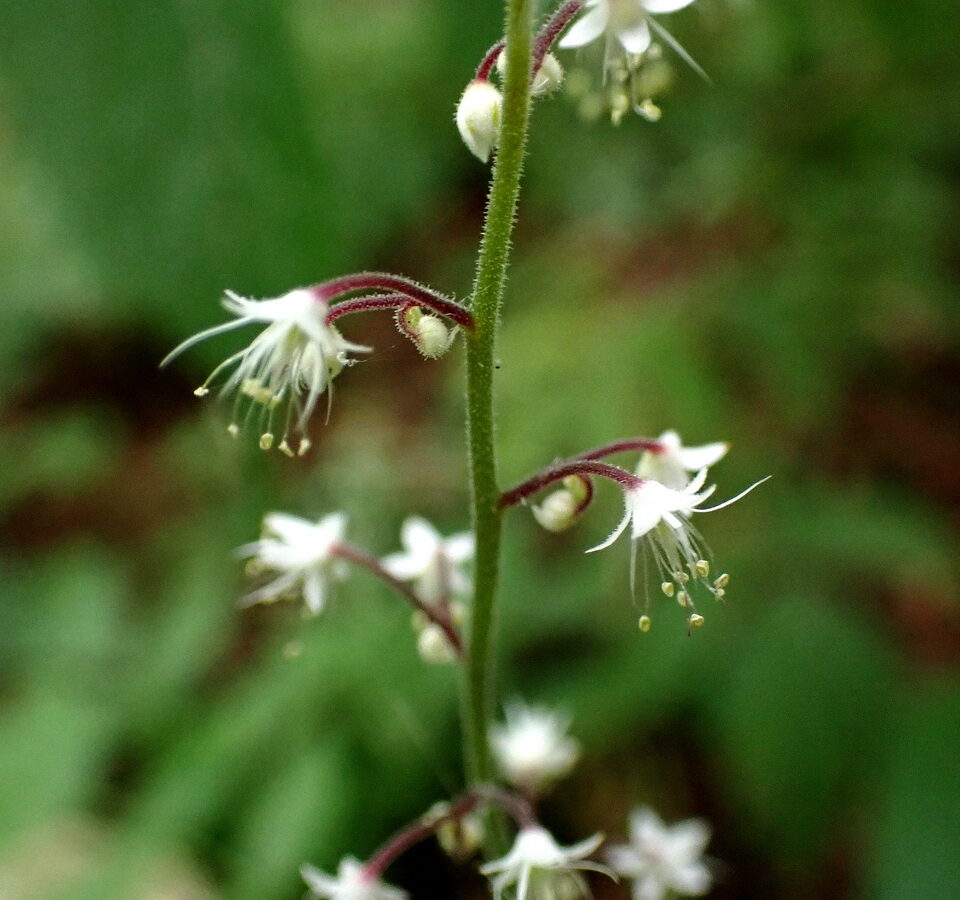
Garden on the Edge
The backyard forest I’ve been restoring is typical for the Puget Lowlands in that an area of turf lies between the house and the forest. Between the two zones, I’ve been establishing a strip of native plants – a “garden on the edge.”
-
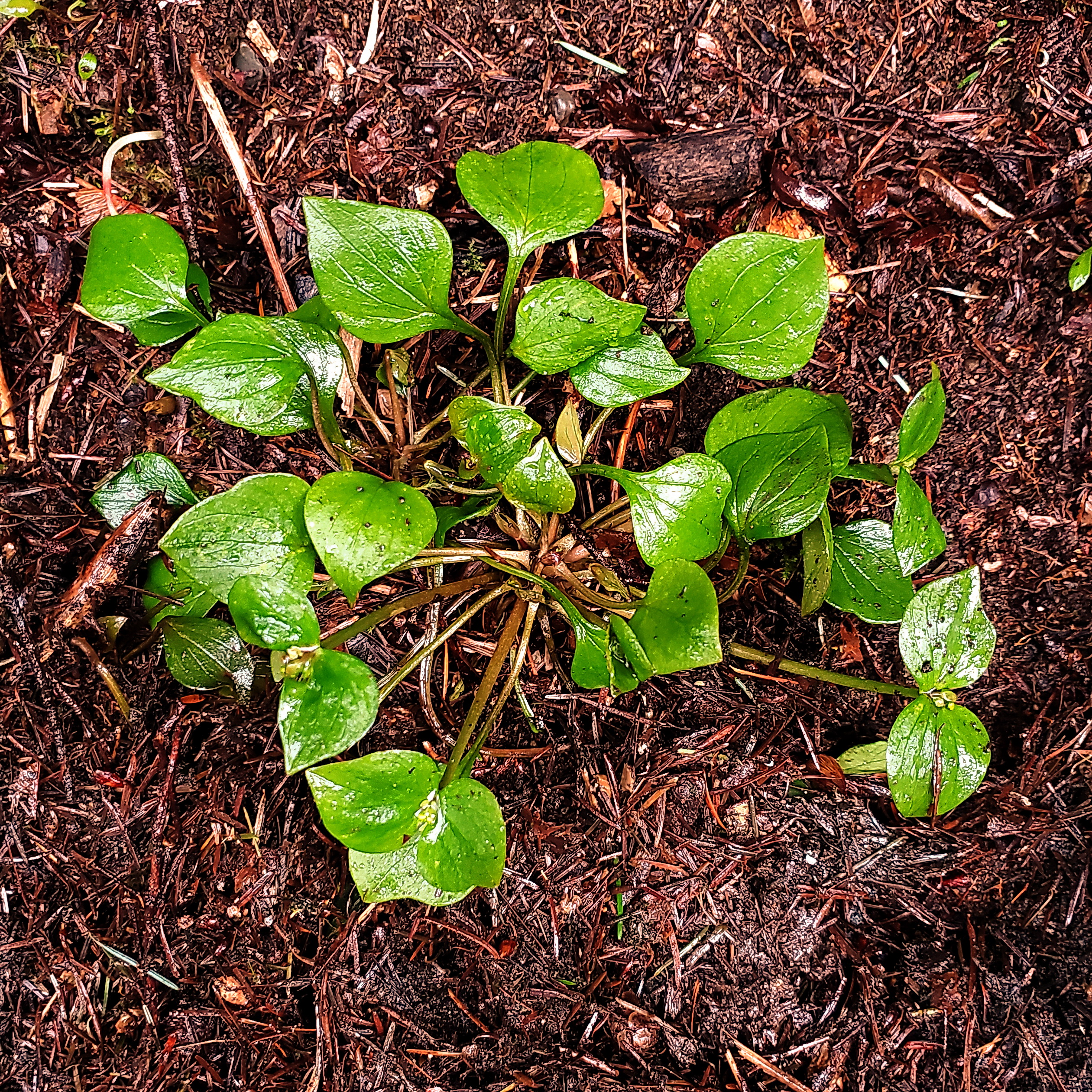
Does Sheet Mulching Deter the Natural Regeneration of Native Groundcovers?
Does sheet mulching with wood chips deter the natural regeneration of native groundcovers?
-
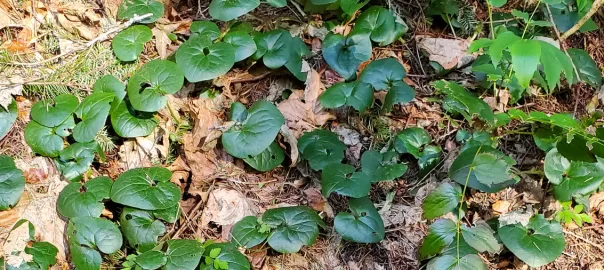
Establishing Groundcover
Ideally, backyard forest restoration results in “working ourselves out of our jobs,” or at least significantly reducing our annual maintenance needs. Establishing robust native groundcovers helps achieve this by deterring unwanted plants. Native groundcovers may regenerate naturally over time, but we can assist by installing plants in gaps. Though we can get most of these…
-

Should We Still be Planting Native Trees?
I knew that because of climate change there were no longer any perfect native trees to plant in our region, but I thought that planting a mix of native trees in appropriate sites was a reasonable climate adaptive strategy. Recently, however, my confidence was shaken by a list suggesting that our most important native conifers…
-
Windfall
Strong winds blasted through Everett during the night of November 4th with gusts up to 50 miles per hour. Afterwards, I walked the several miles of Forest Park trails to clear them of fallen limbs and reflect on the storm’s impact.
-
Preparations for an October Tree Planting
This blog describes on-site work to prepare for an October tree planting event.
-
Marking Future Transplants During the Dry Season
The dry season is a good time to look for sapling trees, shrubs, and small forbs growing in weedy areas or in spots too close to trails and marking them to transplant later when the wet season returns.
-
Weeding – The Essence of Backyard Forest Restoration
Recently, bending over to remove an Herb Robert from a patch of Bleeding Heart, it occurred to me that hand weeding is the very essence of backyard forest restoration — at least for idealists like myself who are trying to achieve ground covers and shrub layers comprised almost solely of native plants. Weeding can be…
-
Improving the Balance in the Soil Seed Bank
“Even the weeds look lovely in May.” From Arthur Lee Jacobson in his book Wild Plants of Greater Seattle. April comes and goes. The rainy season begins to wind down, but the soil remains moist. Days grow longer and highs begin to flirt with 60 degrees. Nighttime lows no longer drop into the 30’s. All…
-
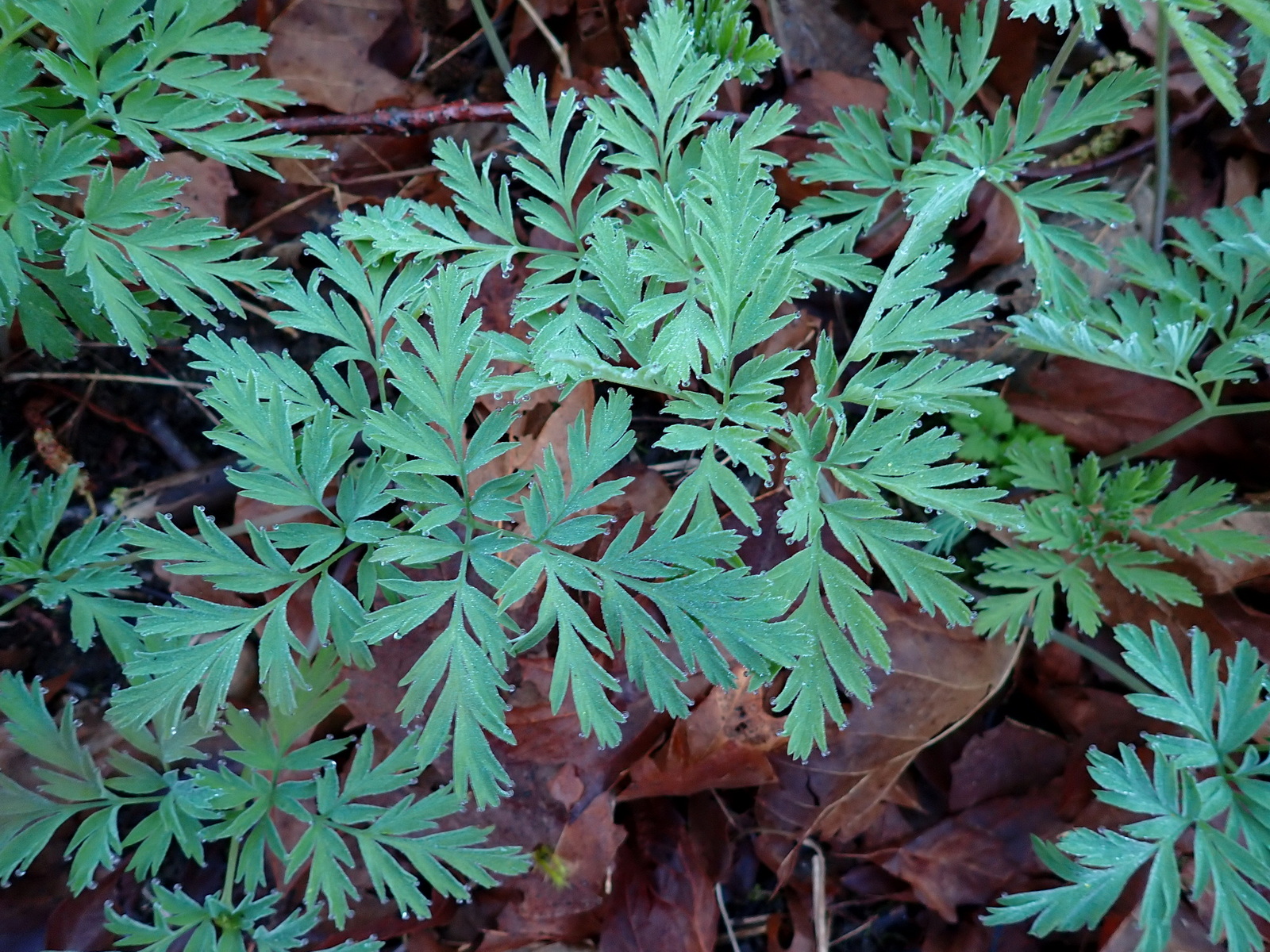
Seven Spring Forbs
With the return of spring to our backyard forests, we welcome the native forbs as they awaken from their winter slumbers. In this blog I write about seven species that help fill gaps in the understory.
-
The Useful Garden Fork
The garden fork is a useful tool for loosening soil prior to removing invasive plants and for planting natives.
-
Two Easy Wet-Season Transplants
Large-Leaved Avens and Fragrant Fringecup are evergreen, perennial forbs native to the Puget Lowlands. I’ve had good success “rescuing” and transplanting both during the wet season without irrigation.
-
How Soil Fertility Benefits from the Roots of Plants
We know that most plants need fertile soil for optimum growth, but how does the fertility of the soil itself benefit from the plants that grow on it?
-
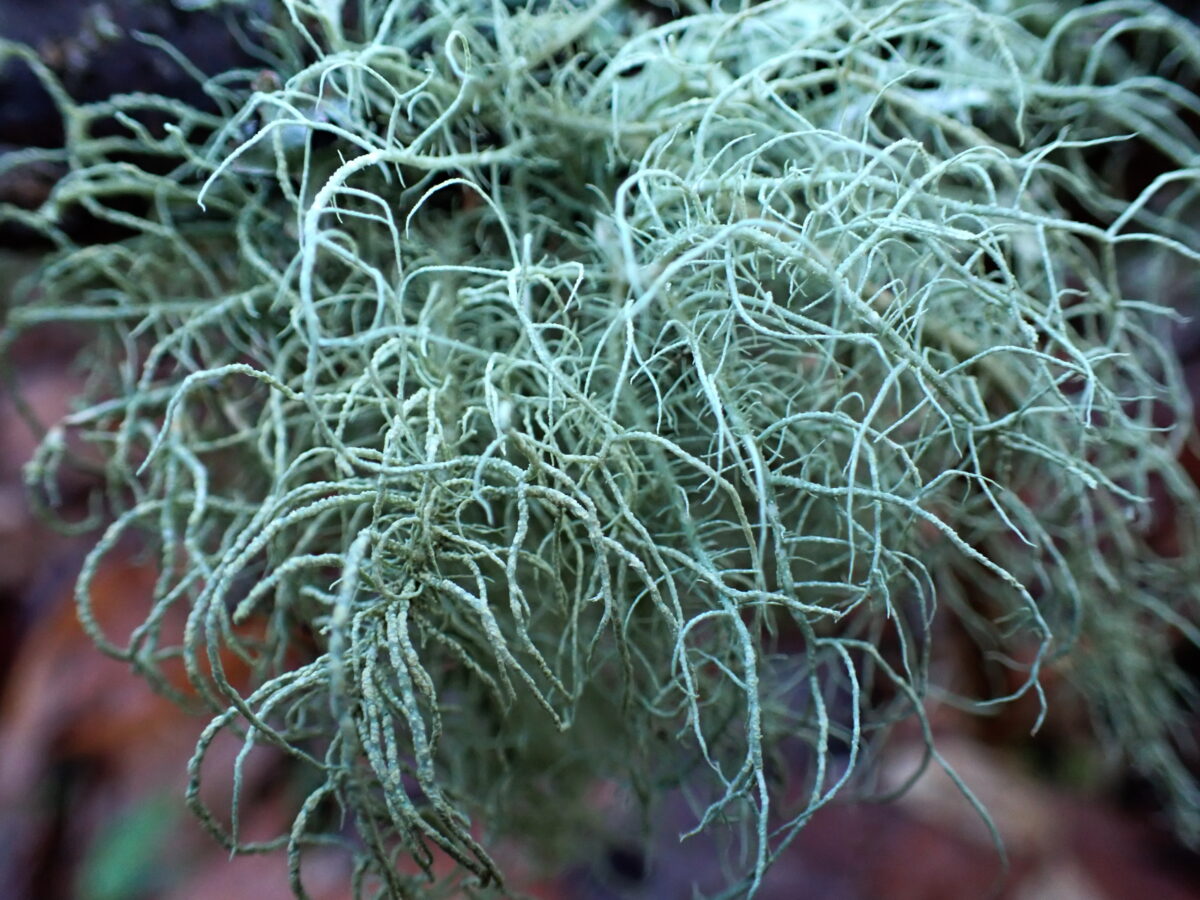
Mosses and Lichens
In the Puget Lowlands, mosses and lichens add to the beauty of our backyard forests, and now, saturated with moisture from the fall rain they have awakened from their dry-season dormancy.
-

Rescuing Sword Fern and Bigleaf Maple
The wet season has returned – time for fall planting. I have been rescuing Sword Ferns and Bigleaf Maples and moving them to spots where they have a better chance to grow to maturity.
-
Mycorrhizal Applications for Backyard Forest Restoration
Lately I have been considering the purchase of a mycorrhizal fungi inoculant to mix into the soil with my Fall/Winter tree plantings.